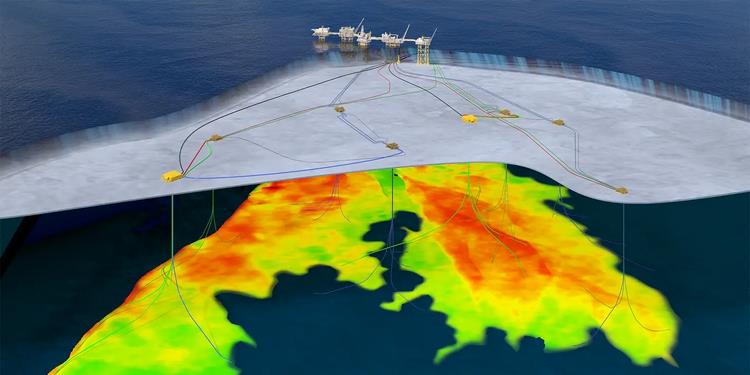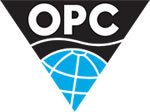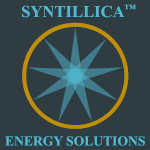
Equinor and its partners are investing NOK 13 billion in the third phase of Johan Sverdrup, one of the world’s most carbon-efficient oil fields. New subsea infrastructure will increase recovery by 40–50 million barrels of oil equivalent (boe).
'By building on the technologies, solutions, and infrastructure from phases 1 and 2 of Johan Sverdrup, we can carry out an efficient development with a rapid start-up of production. The project increases the recovery rate and value creation from Johan Sverdrup, one of the world’s most carbon-efficient oil and gas fields. At the same time, it contributes to stable energy supplies to Europe,' says Trond Bokn, senior vice president for project development in Equinor.

Increased value creation and innovation
The development includes two new subsea templates which will be tied into existing infrastructure via new pipelines. The investment will increase recoverable volumes from the field by 40–50 million boe, with production expected to start in the fourth quarter of 2027.
To ensure optimal resource utilisation, the project leveraged artificial intelligence to analyse field layouts and well paths. This technology has enabled faster decision-making and resulted in cost savings of NOK 130 million for the phase 3 project.
The project also facilitates future value creation at Johan Sverdrup by adding extra well slots, and opportunities for connecting additional subsea templates.
Contract awards
The Johan Sverdrup field contributes significantly to value creation and ripple effects in society and has driven important industrial development in Norway.
For the phase 3 project, TechnipFMC has been awarded the contract for engineering, procurement, construction, and installation (EPCI) for the subsea development, with a contract value of approximately NOK 5.3 billion. Additional contracts, including platform modifications and the drilling of eight wells, are planned to be awarded later in 2025.
Increased recovery and production
Safe and efficient operations at Johan Sverdrup are delivering results, with systematic efforts to maximise recovery. Phase 3 of the development will create additional value.
The expected recovery rate from Johan Sverdrup is already world-class at 66 percent. The phase 3 project is an important step towards achieving our ambition of 75 percent. The average for the Norwegian continental shelf (NCS) is 47 percent.
'In 2024, Johan Sverdrup set a production record with 260 million barrels of oil, the highest annual oil production ever from a Norwegian field. Every third barrel of oil from the Norwegian continental shelf now comes from the field. Phase 3 is an important contribution to maintaining high production from Johan Sverdrup in the years to come,' says Marianne Bjelland, vice president for Johan Sverdrup.
Equinor aims to maintain a high level of oil and gas production on the NCS towards 2035. Johan Sverdrup phase 3 is one of several projects receiving an investment decision this year that supports this ambition.
The partnership has submitted a notification to the authorities in accordance with the existing plan for development and operation (PDO). The notification is subject to governmental approval.
Johan Sverdrup phase 3
- Location: Johan Sverdrup is located in the Utsira High area of the North Sea, 160 kilometres west of Stavanger, in water depths of 110–120 metres, covering an area of 200 square kilometres.
- Production capacity: 755,000 barrels per day, approximately one-third of Norway’s total oil production at current levels.
- Economic impact: In 2024, the operation of the Johan Sverdrup field alone contributed over 4,400 full-time equivalents and Norwegian deliveries worth NOK 7 billion.
- Electrification: Johan Sverdrup is powered by electricity from shore, with CO2 emissions of 0.67 kilograms per barrel of oil produced – approximately 5% of the global average.
- Phase 3 development: Comprises two new subsea templates in the Kvitsøy and Avaldsnes areas with six well slots each, totalling eight wells (seven oil production wells and one water injection well), tied back to existing templates and pipelines to the P2 platform for processing and export.
- Future-proofing: The project enables future value creation by including extra well slots, spare capacity in the control cable, and opportunities for connecting additional subsea templates.
- Ownership interests: Equinor Energy AS 42.6267% (operator), Aker BP ASA 31.5733%, Petoro AS 17.36%, and TotalEnergies EP Norge AS 8.44%.
Source: Equinor











